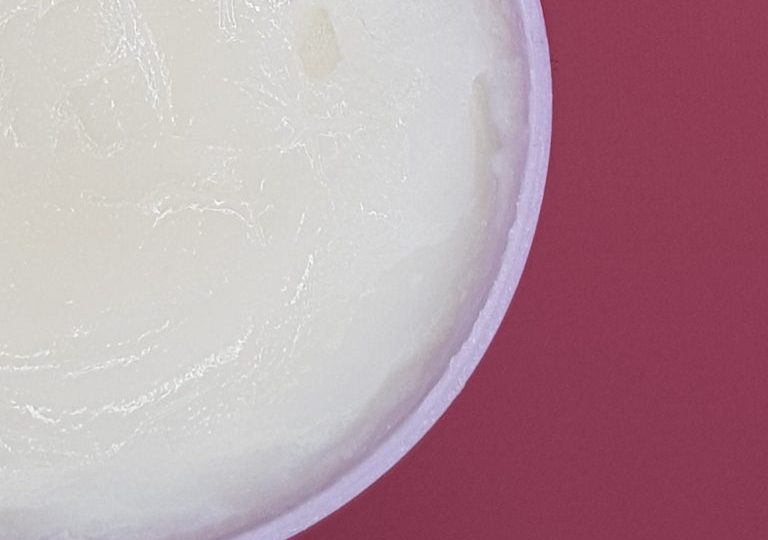Mineral Oils – Good or Bad?

by toxicologist Ewa Daniél
Sometimes consumers believe everything “natural” is wonderful and good. At other times consumers consider “natural” very, very dangerous. Here is our attempt to clarify the subject of mineral oils.
Mineral oils are naturally occurring oils derived from purified crude oil that has been extracted from the earths underground. The white mineral oils are clear and odorless and can be used in both cosmetics and pharmaceuticals.
Mineral oils have been used in cosmetics for more than 100 years and they are very popular in cosmetic products not only because of the low price but also because of the many functions such as Antistatic, Emollient, Skin protecting, solvent in different cosmetics products such as cream and lotions, cleansing products, lip and nail care products, sun lotions, baby oil, Vaseline and skin and eye ointments.
Some of the most used mineral oils used in cosmetic products are Paraffin, Paraffin liquidum and Petrolatum.
What are the problems and are they real problems
Well, there are two different kinds of problems regarding mineral oils. First of all, it is difficult to achieve consensus and determine what oils are okay, whether they are carcinogenic and if they should be used in cosmetic products in the first place.
Secondly there are issues regarding the way consumers perceive mineral oils and the way we (AllergyCertified), bloggers, organizations and others talk about mineral oils.
The fact that mineral oils are obtained from petroleum seems to have confused different people. For example bloggers and green & natural companies are very critic toward mineral oils, writing that it is waste oil, carcinogen and not good for your skin.
But it’s important to know that the mineral oils used in cosmetics such as petrolatum are highly purified, so the oils that we use in cosmetics cannot be compared with petroleum.
Petrolatum can be found as yellow and white and it is only the white (purified) which is allowed to be used in cosmetic products.
The EU cosmetic regulation is made to protect the consumers and the mineral oils are regulated here so only mineral oils that are free of carcinogen properties are allowed in cosmetic products.
Studies of mineral oils allowed in cosmetic products show that mineral oils will not be absorbed through the skin. This is precisely why these oils are good to atopic and dry skin since the mineral oils will lay as an occlusive barrier on the skin and help the skin avoid dry out and losing its own moisture and water.
Allergic reactions to mineral oils are very rare. In a study with 80,000 participants, it was shown that medicinal white oils have no sensitization potential in human skin, which means they do not trigger allergies.
What do the experts say
Dermatologists often recommend parents who’s children have atopic eczema and very dry skin to start using cream with a high contend of petrolatum, in order to prevent the skin from drying out.
The Federal Institute for Risk Assessment (BFR) has made a risk assessment, assessing whether mineral oils in cosmetic products can be absorbed through skin and whether it poses a health hazard.
“The dermatologists in attendance emphasised that there are no indications for dermal health-damaging effects which can be attributed to cosmetic products. There is, for example, no data indicating that the use of lipstick would increase the rate of skin cancer in the area around the mouth. Although baby oils and creams, some of which contain high concentrations of mineral oils due in part to the low sensitisation potential, are used in the nappy area, no increase in skin diseases or even skin tumors has been observed in this body area among children or adults. In the treatment of psoriasis, Vaseline, which consists of petroleum jelly, is applied over the entire body and covered with cloths. To date, no increase in the incidence of skin lesions has been reported in connection with this treatment either”.
The conclusion was that: Taking into account all scientific evidence available, health risks for the consumer are unlikely.
However, it must also be pointed out here that especially where possible oral intake is concerned (e.g. via lipstick), a final risk assessment is more difficult.
A new study published in Science of the Total Environment indicates that our exposure and accumulation to mineral oils through food packing and (maybe) lip products can be higher than earlier assumed.
They suggest that the average daily intake (ADI) should be lowered.
Since studies indicate that we swallow some of the ingredients through our lipstick this may have an effect on the use of mineral oils in lipstick and lip balms.
AllergyCertifieds take on mineral oils
Let us make one thing clear: we like mineral oils. When they have been purified.
They are good for dry skin and many dermatologists and doctors will recommend products containing petrolatum and the like.
As for lip products we will not for now allow mineral oils. This has to do with the uncertainty regarding oral intake. When more studies have been conducted we will return and update our criteria either by allowing in certain quantities or by never allowing. ‘
References:
- International Journal of Cosmetic Science, 2012, issue 6, pages 511-518
- International Journal of Cosmetic Science, 2007, issue 5, pages 385-390
- European Journal of Ophthalmology, 2007, issue 2, pages 151-159
- Food and Chemical Toxicology, February 1996,
- Science of the Total Environment, 2016
- Cosmetic Dermatology, september 2000.
- Rawlings, A. V. and Lombard, K. J. (2012), A review on the extensive skin benefits of mineral oil. International Journal of Cosmetic Science, 34: 511–518. ) BRF institute
